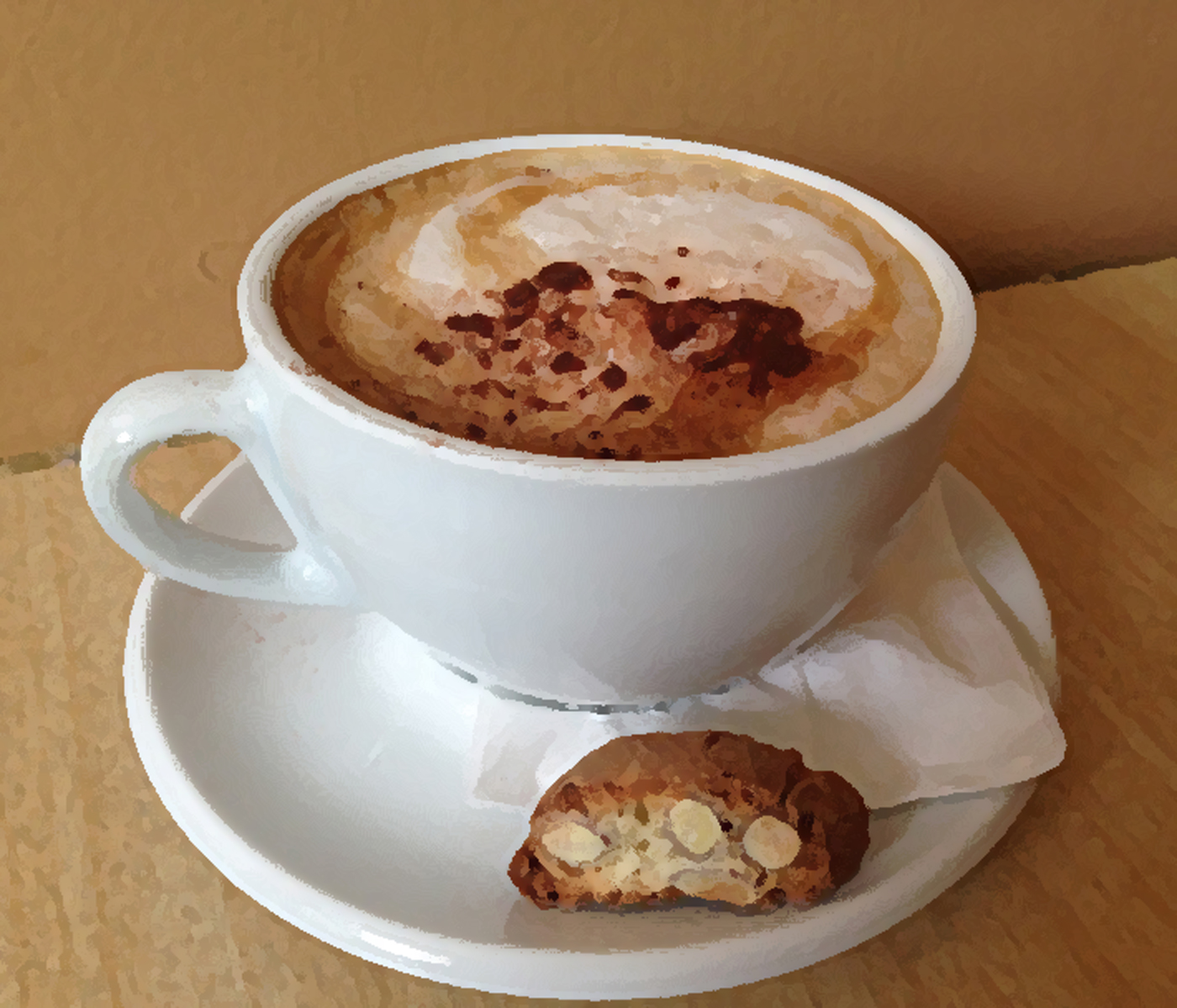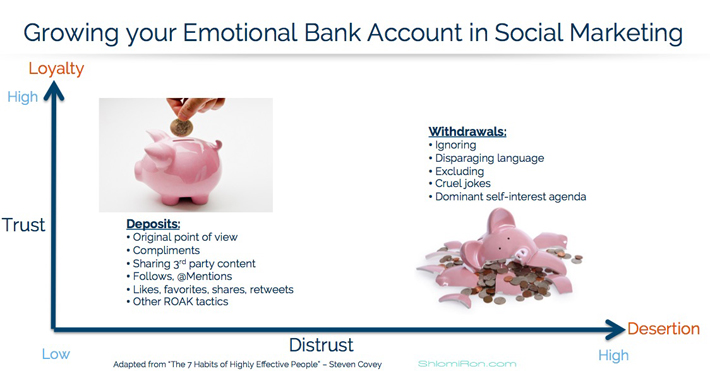Some of you have already used Random Acts of Kindness (RAK) tactics as early as 5 years ago at its peak. Wikipedia defines RAK:
“A selfless act performed by a person or people wishing either to assist or to cheer up an individual person or people.”
This 5-year trend has been harnessed in a variety of industries for various goals: from social marketing, news media, social movements, entertainment, religion, and much more.
In social marketing, its premise is simple; your audience receives an unexpected act of kindness and then evangelizes their excitement. A good example is a Nokia campaign I executed a couple of years ago, in which New York subway passengers received free branded Nokia umbrellas during an especially rainy day. Because of the scarcity of the event, and its immediate utility to the receiver, the logic goes that your target audience (shocked by the gesture), will happily share their good fortune on their networks to create earned media buzz for the brand.
True, sometimes trends’ fate is to disappear completely. I believe RAK could be resurrected by upgrading its engine with what I call Routine Acts of Kindness (ROAK). Why upgrade you ask? For a couple of reasons:
First, the act of being kind part-time means you get occasional spurts of attention that, like fireworks, create temporary attention spikes but then die down fairly quickly.
Steven Covey’s epic 1989 book “The 7 Habits of Highly Effective People” offers solid foundations to change the status quo. Covey stated that we all carry emotional bank accounts. A good deed is registered as a deposit with the receiver’s emotional bank account and helps build trust and over time – loyalty. Whereas a bad deed, like not keeping commitments, is considered as withdrawal that increases distrust and desertion. No doubt – a powerful theory that is true for both personal and business contexts.
In business context, this emotional bank account state is active at all stages of your buyer lifecycle – from first contact with identified lead to nurturing an active customer – so your goal is naturally to ensure your balance is at all times positive.
Overlaying Covey’s Emotional Bank Account theory on Social Marketing would look like this:
When you further distill this logic, I believe, regardless of the Meerkat of the day, it all boils down to this timeless engagement formula:
Put simply, your sales and marketing teams are in the driving seat of shaping the buyer and then the customer experiences. You see, if you offer great advice to a prospect only once in a while (i.e., randomly), then you end up with just one-time value fireworks experience on the receiving end.
But when you consistently create value, your buyers’ trust starts to morph into loyalty – that highly sought currency that will not only grow your pipeline directly but also grow it through indirect word of mouth, thus extending your customer lifetime value.
Second, RAK tactics were successful 5 years ago, as they rode the novelty effect and overall sense of user surprise. Fast forward to 2015, this value exchange is already transparent for many people who realize they can activate this logic on their own terms with a simple tweet – broadcasting their displeasure about a product or service – and expect a watershed of free products from an always-on brand social listeners.
Third, RAK is not really cost-effective, long-term – neither at the top nor at the bottom of the funnel.
That’s why I strongly believe it’s time brands start to adopt Routine Acts of Kindness (ROAK). For the record, ROAK is not new; businesses have been applying it for eons without the ROAK label. However, with new technologies it’s always good to revisit and explore new adjustments. Here is how you can spot ROAK experiences:
- Frequency: Brands that take the extra mile with an aspect of their service or product that boosts customer experience – every day
- Scarcity: It’s those non-obvious little things that day in day out show solid customer consideration and attention to details. Don’t confuse that with the usual freebies and giveaways
- Share-Worthy: It makes people talk about that “little thing” they experienced and as such become brand ambassadors and loyalists
- High-Quality: Key caveat, ROAK works best in a combination of high-quality product or service. The old meme about the misalignment of lipsticks and pigs – is paramount here
- Simplicity: It’s a super simple and inexpensive gesture to implement, yet very useful and impactful
- Salience: Like anything else don’t overdo it with too many executions. Although regularity is key, your ROAK needs to stand out and feels as effortless and authentic gesture
- Attractability: It offers user empowerment and enjoyment, first as a nice surprise but later is experienced as habitual perk that you come to expect and why you show up every Saturday!
Interestingly enough, the restaurant industry has been ROAKING for a while now. Here are some of my favorite examples:
It’s a small Italian coffee shop in Dobbs Ferry NY I used to visit most weekends to enjoy a great cappuccino that was always accompanied by a mini Biscotto (Italian dry cookie as shown above). I didn’t order that cookie, but that tiny extra mile on top of a great coffee sealed the experience for me and turned me into a loyal customer. You may say this is a normal Italian coffee-serving experience, but a) It’s still a scarce practice and b) it’s all in the eye of the beholder to process, single out and adopt as habit.
Another restaurant in Miami, after seating you at the table, always offered a small stool for you to place your bag on for easy access during the meal. Again, it’s not a big deal, not too expensive to do, but a small perk that makes you appreciate their attention to details.
Another colleague told me the other day about a restaurant in Mexico that along with the menu the waiter places a tea box on the table. Initially, my colleague frowned upon the gesture as he thought that there is some misunderstanding to serve tea before the meal. However, the waiter was quick to open the box and reveal a bunch of short-distance glasses for customers who have trouble reading the menu. ROAK at its best!
And the fact that I am telling you all these stories, turn ROAK-enabled businesses to powerful story makers and their customers to excited storytellers that fuel earned media for the business.
I am sure that if you think about it, you can find tons of other examples from your experiences: recent mobile app you’ve just installed that triggered a nice gesture, your car garage that sent a driver to pick you up from the other side of town, a thoughtful LinkedIn’s InMail from a sales rep that stood out and many others.
In conclusion, you don’t need to open a restaurant to start ROAKING your business. Here are a few pointers how you can adopt ROAK and make a difference in your business:
- First, ensure your product or service is up to snuff. No shortcuts here as this is essential ingredient to ROAK success
- If you’re in sales, analyze your entire buyer’s journey and uncover positive response patterns that seem to work fairly regularly or major gaps that need fixing. Then brainstorm how you can ROAK up one area to add extra sizzle to your social selling strategy or over the phone script.
- If you’re in marketing or customer experience space, monitor how your customers are using your product or service. Sit on customer calls, meet customers, and listen to their requests. Then brainstorm one area where you can introduce ROAK to improve the experience
- Analyze what your competitors are doing in your market and overseas, are there any strengths, weaknesses, opportunities you could further modify to ROAK your business?
- Test and pivot as needed
- Finally, set relevant KPIs that meet your business objectives to measure success. Then compare before and after introducing your ROAK program to capture impact.
I’d be curious to learn your thoughts: have you come across other good ROAK stories, things you’ve learned, other observations? You’re up next, the good news the mic is already connected to the comments box below 😉



Leave a Reply